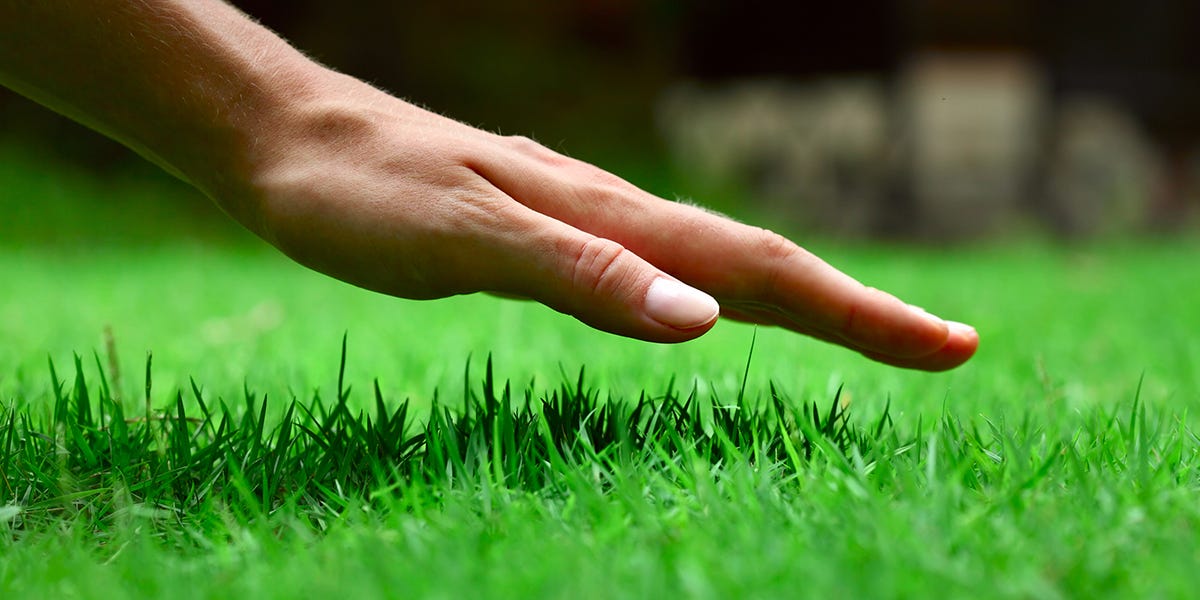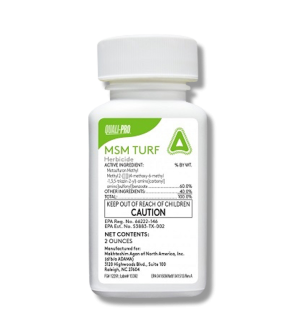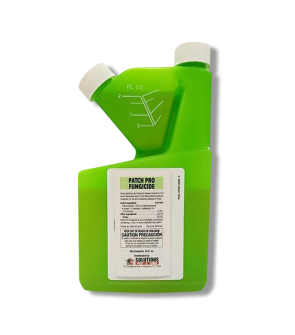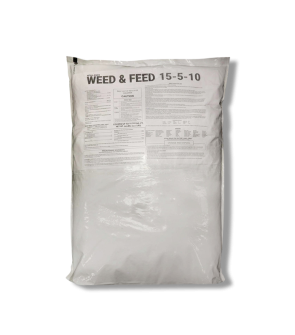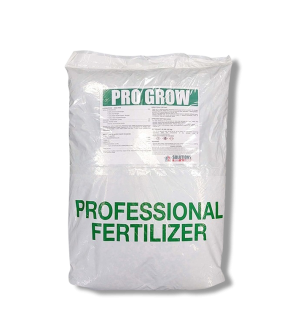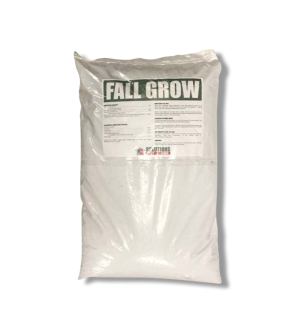Lawn Care Myths
Most Effective Products
Myths About Lawn Care
This page is a general article that discusses some common myths associated with lawn care. Here you can find detailed guides to most common lawn care pests or issues as well as increasing your knowledge about proper lawn care. By reading this DIY article, you can find professional quality products, information, and have a 100% improvement within your lawn.
Keeping a well-maintained lawn may seem straightforward, but with the vast amount of information available on social media it is hard to believe what is true. These myths may appear harmless, but some can cause severe damage to your lawn for beginning homeowners or gardeners.
To help avoid common misconceptions about lawn care, the article will be based on the professional experience that our trained staff has come across throughout time. Understanding the correct product to use, common mistakes associated with lawn care, and the correct information provided in our DIY guide can help save you time and money.
Myths: Fertilizers Fill in Barespots

For medium to large barren spots in your lawn your first instinct is to repair it with a fertilizer. Fertilizers are often mistaken to be the only thing to repair bare areas because of their ability to release nutrients into the soil to stimulate growth which results in faster repair. While fertilizers are a good start to repairing these lawn blemishes they should not be the only product you use.
Fact: A proper bare ground control begins with planting new seeds or sods into the afflicted area, and followed up with fertilization. When planting new seeds into bare ground areas it is recommended to apply a small amount of fertilizer at time of seeding and after. To apply a fertilizer you will need to use a push spreader or hand spreader.
Depending on the current season and if you have taken into account the current nutrient levels within your soil will determine if you choose a spring, summer, or fall fertilizer. For best results, we recommend planting new seeds or sods in the second half of spring followed with Solutions 15-5-10 Weed and Feed Fertilizer.
Myth: All Grasses Can be Treated the Same

A lot of people assume that all grasses and treatments are the same. Through no fault of your own, many beginning homeowners are led to believe that one herbicide can truly solve it all from terms such as broad label. While a broad label could target a large group, it does necessarily mean that any turf can be applied with the product.
You may not know it, but your front yard could contain several species of turf than that of your neighbor. As there are several characteristics associated with grass there is also many things that certain turfs cannot endure. For example, St. Augustine Grass is unlike other species of warm-seasoned grasses due to its ability grow in shaded areas and to be able grow near the ocean. Thus, times when to apply herbicide or insecticide products will vary than other species of grasses.
Fact: Grasses will belong to either class of warm-seasoned grasses or cool-seasoned grasses. For warm-seasoned grasses you will want to start applying herbicides and fertilizers From March to August. For cool-seasoned grasses you can only apply herbicides in April and October, and fertilize in September.
Once you have identified the type of grass in your lawn and what class it belongs to you can implement the products at the right time.
Myth: Water Your Lawn Everyday

Every person has heard that the best thing you should do for your lawn is water it. However, most homeowners assume that by watering their turf each day it will result in a healthier lawn. When in reality overwatering can cause your turf more damage than under-watering. After all no plant wants their roots or surrounding soil flooded with more than an inch of water.
Fact: A deep watering is applying no more than 1 1/2 inches of water per week. For best results, you should deeply water your turf in the morning or evening, before it gets dark to give your lawn enough time to soak in the moisture. If applied in the middle of day or dark, you risk the health of your lawn.
Myth: Cutting the Grass Short Helps Your Lawn and Lessens Mowing

Many homeowners believe that a healthy lawn is cut as short as possible. Each species of grass have different levels of thickness and density it needs so the mower height will vary. If your turf is cut to low it can result in it being weakened or damaged beyond repair.
One of the things you want to avoid is scalping your lawn which is cutting your grass so low its stems or roots are damaged. The roots are the most crucial part of plants since it holds the water and nutrients for the foliage to feed on. Without this the plant will more than likely die or possibly not grow again.
Fact: Mowing will depend on the species of grass and the season you are mowing in. A general rule of thumb is to mow when your grass exceeds 3 inches in height. You will continue to mow until your grass becomes dormant for its season.
Warm-seasoned grass will become dormant when the temperatures become cool whereas cool-seasoned grass will go into dormancy during the warmer months of your region.
Myth: Your Lawn Will Repair Itself

As you observe your lawn you may notice brown patches of grass, bare spots, or sometimes weeds and think that your lawn will naturally repair itself. As a beginning homeowner you were led to believe that nature survives without human interference thus it could handle a weed or two.
However, without interference from professional products your lawn will continue to suffer from the disease and lead to its death. Your lawn will continue to not grow in areas inflicted with fungi, grassy and broadleaf weeds instead these diseases could slowly spread to the healthy part of your turf.
Fact: You can treat these problems with a fungicide and herbicide. Our recommended product for fungi infestations is Patch Pro Fungicide which will treat a large variety of fungi and diseases such as brown patch or mildew. A general application will be 0.5 to 4 fl. oz. of product per 1,000 sq. ft.
To treat emerged weeds in your turf you will want to use a post-emergent herbicide like MSM Turf Herbicide. This product is ideal for residential lawns and can eliminate most perennial and annual weeds within 1 to 2 weeks. For most applications, you will need 0.025 to 0.05 fl. oz. of product per 1 gallon of water per 1,000 sq. ft.
Key Takeaways
When and How Much Water Should I Apply to My Lawn?
- The best time to water your lawn is in the early morning no more than once a week with at least an inch of water.
How to Cut Your Grass and if it Decreases Mowing?
- Depending on the type of grass you have in your lawn the mower height will vary. You will want to cut no more than 1/3 layer of turf off or when the turf is higher than 3 inches. Mowing your grass to low does not decrease mowing and can cause severe or permanent damage to your turf.
How to Repair Fungi, Diseases, Bare Patches, or Brown Patches in My Lawn?
- For bare areas we suggest seeding or sodding your turf first with a light application of fertilizer at time of seeding and several weeks after to give newly planted seeds enough time to germinate. For brown patches of turf this will depend on the infestation as weeds, fungi, or stress can cause your turf to become brown. For fungi diseases use a fungicide such as Patch Pro. For emerged weeds use a post-emergent herbicide like MSM Turf Herbicide.
